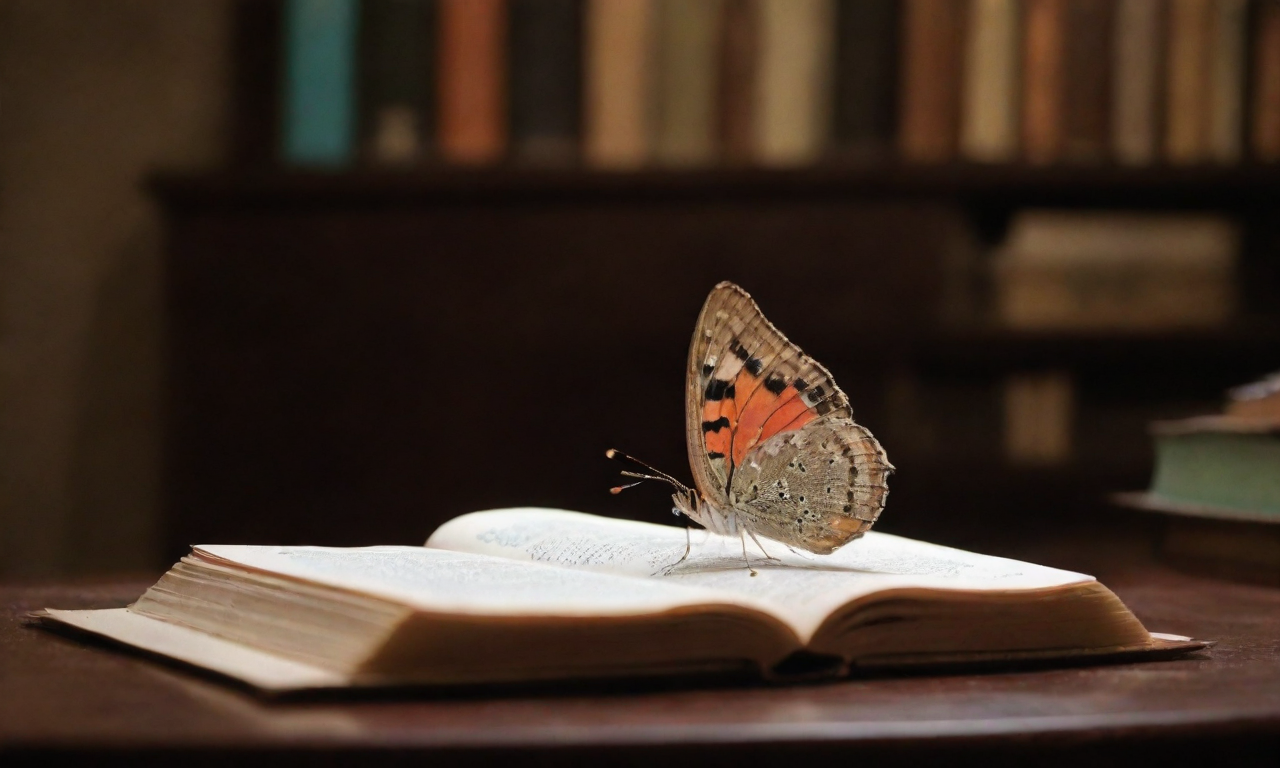By Cai Tianxin
The "Rubaiyat" by Omar Khayyam, a Persian mathematician and poet, is perhaps the most famous collection of poems ever created by a scientist. Because of its dual nature of mathematics and poetry, many years ago, a friend suggested that I translate the "Rubaiyat," especially since I had the opportunity to travel to Iran for a week in the summer of 2005. However, I never had enough time until recently, when I translated 101 quatrains over the course of two winter breaks.
The first English translation of the "Rubaiyat" was completed in 1857 by the British poet Edward FitzGerald, and it has been over 160 years since then. According to the translator, there are four or five surviving Persian collections of Khayyam's poetry, with the fewest containing 158 poems and the most containing 516 poems. FitzGerald was the first English translator, and at that time he only translated 75 quatrains. The book was published in 1859 by Quaritch Books in London, with the full title "Rubaiyat of Omar Khayyam, the Persian Astronomer-Poet" (hereinafter referred to as the "Rubaiyat"). However, it was soon forgotten and few people paid attention to it, even when it was priced at one penny.
In 1860, the artist and poet Dante Gabriel Rossetti (1828-1882) passed by Quaritch Books and discovered the beauty of this book in the bargain bin. He highly praised it along with another poet and critic, Algernon Charles Swinburne (1837-1909), and recommended it. In 1868, FitzGerald published the second edition of the "Rubaiyat," with the translation of the quatrains increased to 110. Subsequently, the third, fourth, and fifth editions were published, all containing 101 quatrains, with the fifth edition being published after FitzGerald's death. The poems translated and their order in each edition are not exactly the same, but the differences are not significant.
In 1923, Guo Moruo used FitzGerald's fourth edition of the "Rubaiyat" as a blueprint to complete the Chinese translation of the "Rubaiyat," which was then published by Shanghai Taidong Bookstore. This book has been reprinted many times. It is worth mentioning that "Rubaiyat" was a term created by Guo Moruo. Although "Rubai" seems to be more in line with the classical style, the term "Rubaiyat" has become more widely known.
Now, a whole century has passed, and modern Chinese, especially modern Chinese poetry, has undergone profound changes. With further understanding of Khayyam's scientific achievements, his inherent rational thinking as a mathematician and astronomer gradually emerges in his poetry, without decreasing the charm of his poetic artistry. Therefore, I believe it is necessary to retranslate the "Rubaiyat." And so, this new translation is born.
When I finished translating the "Rubaiyat" and was looking for suitable illustrations, I found that the illustrations in different editions were varied. It is said that there were more than 140 artists who had drawn illustrations for the English edition alone. The Chinese editions I have seen also have various styles, some using Persian miniature paintings and some using illustrations by French artists. Interestingly, regardless of the version, the translators and editors believe that the illustrations they chose best capture the poetic and artistic sentiment of the "Rubaiyat."
When I was hesitating, I sought advice from my old friend, the artist and editor-in-chief of "Weyi" magazine, Leng Bingchuan. Bingchuan was familiar with Khayyam, and after further understanding his poetic quality and personal characteristics, he recommended the artist Locke A. Kent to me.
Lockwood Kipling (1882-1971








